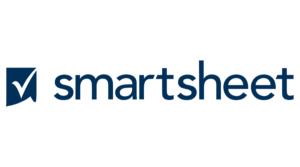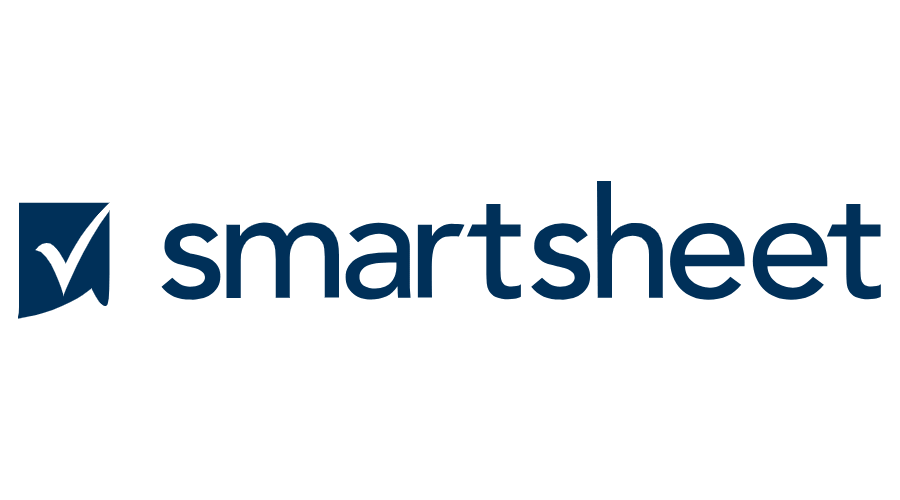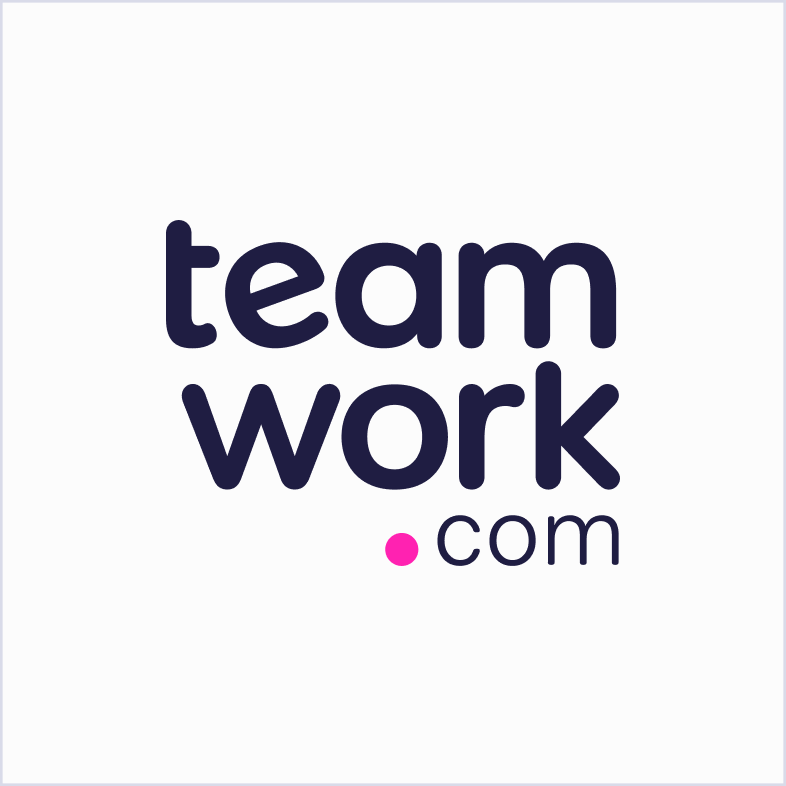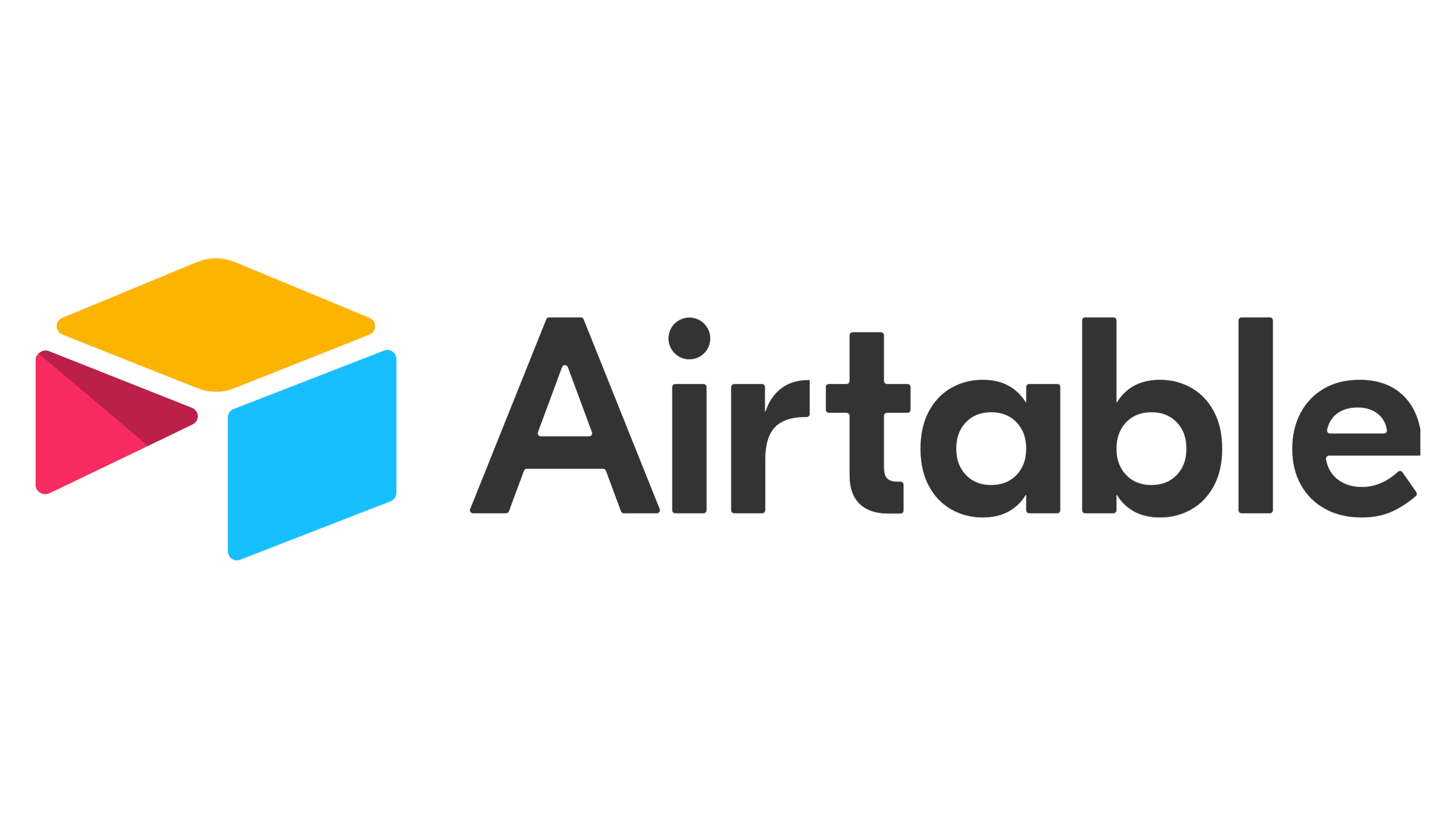Top Task Management Software Tools
Compare today’s top task management solutions based on standout features, pros and cons, pricing and more.
- Most All-Inclusive: monday.com
- Best for Strategic Planning: Wrike
- Best Customer Support: Smartsheet
- Best for Workload Management: Teamwork.com
- Most Intuitive: Notion
- Best Overall: ClickUp
- Best for Team Collaboration: Asana
- Best for Integrations: Jira
- Best for Spreadsheet Based Projects: Airtable
- Best for Real-Time Activity: Basecamp
- Best for Sales Teams: Pipedrive
- Best for Simplicity: Trello
Read our full Monday.com review.
Read our full Wrike review.
Read our full Smartsheet review.
Read our full Clickup review.
Read our full Asana review.
Read our full Jira review.
Read our full Notion review.
Read our full Basecamp review.
Read our full Pipedrive review.
Read our full Trello review.
Methodology
Choosing the appropriate project management (PM) software is critical for business owners and project managers, as it directly impacts efficiency and collaboration. To help customers make the right selection, we at the MarketWatch Guides team researched 15 of the most widely used project management tools, including Airtable, Asana and Trello.
We conducted a survey in 2024 of 200 professionals who were currently using PM software or had used PM software within the past year. We analyzed the results of this survey to determine the following rating criteria:
- Features (58%)
- Reputation and Reviews (15%)
- Customer Support (12%)
- Pricing (8%)
- User Experience (7%)
Visit the full PM methodology page for more details on our rating system.
What Is Task Management Software?
Task management software is designed to help teams keep track of tasks from ideation to completion. It might be used interchangeably with project management, as tasks may be smaller pieces to the larger puzzle of a project. However, task management can refer to how teams organize any and all tasks, regardless of whether they’re part of a specific project. Rather than relying on a simple to-do list or spreadsheet, task management software can help teams specify tasks in detail and then track progress over time.
How Much Does Task Management Software Cost?
Many task management solutions will offer free software versions, usually limited to a certain number of users or a certain level of functionality. Most project management software companies will offer per-user pricing, with starter plans ranging anywhere from $5 to $20 per user per month.
Types of Task Management Software
Task management software can be divided into three main categories.
Traditional Task Management Software
Traditional task management software offerings help businesses specify tasks, track deadlines and get an overview of all tasks that must be completed. They often include different board views like Kanban boards or Gantt charts so teams can get a sense of overlapping tasks and task dependencies to stay on track.
Smartsheet and monday work management both offer great features for traditional project management, with tons of task management functionality. However, they aren’t limited to just traditional task lists, as most software offerings now include a variety of features for traditional and agile workflows.
Agile Task Management Software
Teams using an agile approach to projects may find that project management software is immensely helpful for day-to-day task management as well. Agile is intended to break up larger projects into individual tasks and move them through the project workflow, constantly evaluating the process.
Software like Jira, Airtable and Wrike are easily used in stand-ups or scrum meetings to get the team aligned and prioritize tasks. Jira and Airtable are especially helpful for creating task backlogs that a project manager or scrum master can easily manage.
Visual Collaboration Software
Visual collaboration software allows teams to work within a shared digital space, like collaborative docs or whiteboards. This can be helpful for creating roadmaps and brainstorming approaches to a team’s to-do lists.
Software like ClickUp and Notion are examples of task management solutions that also prioritize visual collaboration and brainstorming. ClickUp’s whiteboard features make it easy for teams to create roadmaps together, separate from the actual project board views. Notion’s customizable templates and docs make it easy for teams to share ideas and visualize different projects.
How To Choose the Best Task Management Software
When comparing task management solutions, it’s key to consider what’s most important to your team and key stakeholders. Understand the main pain points you’re trying to solve by implementing task management software. This helps you determine if you can get away with a simple free version of a software, or if a more robust paid plan is worth the expense. Having a good idea of what your team needs also helps you narrow down your list of options to be able to choose between the wide variety of task management solutions on the market.
Identifying Workflows
Consider how your team is already managing tasks today and identify which task management software may support your existing workflows. For example, teams that are used to tracking tasks in a spreadsheet may want to consider spreadsheet-style software like Smartsheet or Airtable. Teams that are looking to get away from spreadsheets will want to look out for software that offers more flexibility in visualizing tasks.
Features
Key features for task management include task creation, assigning tasks, custom fields and the option for viewing tasks within multiple board views. The level of detail you can add to any particular task card on a project board will vary depending on the software you choose and in some cases, which paid plan you select. Task management software can often integrate with popular work apps, calendars or email providers like Microsoft Outlook or Gmail.
It’s also important to consider how your team works. If your team needs to manage tasks on the go, consider if a software has a mobile app for iOS and Android, in addition to a desktop app.
Ease of Use
Most task management solutions will offer intuitive interfaces, but some will have more of a learning curve than others. If your team is used to various work apps, they may feel comfortable adopting a new solution for task management. Teams that are less comfortable with work management software may need to start with a more straightforward solution. Consider taking advantage of free trials or demos to understand how your team might implement a particular software into their day-to-day workflow. This can help you identify particular challenges when it comes to ease of use.
Reporting and Analytics
Every software will have different capabilities for reporting and analytics. If you have specific needs for running reports for task management, it’s key to look for those features in the different software solutions you’re evaluating. In many cases, free versions of task management software will not include reporting and analytics or may have limitations on what you can do with project data.
Customer Support
Customer support options will vary depending on the software you select, and, in many cases, phone support or live chat support is not guaranteed. Most options will offer at least a chatbot or highly robust help centers with guides, video tutorials and sometimes live webinars. If you have specific preferences for customer support, check to make sure that the software you’re considering makes it easy for you to reach out and find help as needed.
AI and Automation
Many project management software options now implement AI tools and automation beyond just automated rules or recurring tasks within a board. AI can help make task management software even more efficient, and while it’s not always essential, it’s worth looking at any AI add-ons or advanced automation options offered within a software plan. Consider how AI tools may help you increase efficiency for task management on a day-to-day level, especially if automating tasks is important to you.
The Bottom Line
Task management software is an excellent way for teams to organize tasks and become more efficient. Most software offerings are easy to use and offer intuitive drag-and-drop functionality for task cards, simplifying task assignment and project progress monitoring. With interactive project board interfaces, these software solutions can help teams visualize the tasks that need to be completed, whether or not they’re part of a larger project.
Many task management solutions are project management software products that will often offer free software versions and per-user pricing for paid plans. Each software includes different features, some being comprehensive work management solutions and others being simple project management tools.
Determining the best software for your team will depend on the features your team needs to become more efficient and your budget, considering that many task management features are included in paid software plans.
Frequently Asked Questions About Task Management Software
Task management software is typically more all-encompassing than a simple checklist or task list app like Todoist. Task management solutions are usually able to support tasks that ladder up to larger projects or are part of more complex workflows, but many can support simple task lists as well.
Most task management solutions are not industry-specific and are designed for general task management. However, some tools may offer templates that are specific to certain industries or functional groups. Marketing teams or product development teams looking for specific task management features should look out for software that offer these templates. However, these teams don’t necessarily need specialized task management software.
Task management tools are typically designed to be intuitive and easy to use, particularly when it comes to simple task lists or project boards. However, some tools will have more complex interfaces or offer a variety of features beyond task management. For more complicated software offerings, it’s worth considering how comfortable your team is with using work software. Teams that are unfamiliar with using software tools may experience steeper learning curves regardless of the solution they choose.
Task management software options will often have free plan options, with starter plans that range anywhere from $5 to $20 per user per month. Typically, opting for annual billing will mean you pay less per user, and most pricing will depend on the size of your team. Flat monthly pricing is rare.
If you have feedback or questions about this article, please email the MarketWatch Guides team at editors@marketwatchguides.






















